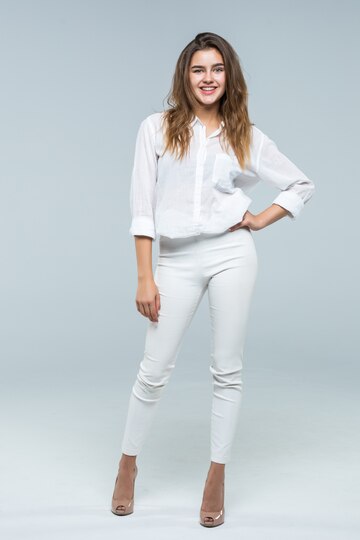Many women dream of prolonging their youth and slowing the face ageing process, and they’re willing to do quite a lot to make it happen. The good news? Age-related changes can be reversed. But first, let’s clarify what youth really is, how a young girl differs from a woman with age-related changes, and what actually causes facial ageing.
Table of Contents
Defining Youth and Understanding Age-Related Changes
Imagine a young girl:

- Her head held high above a long neck
- Elegant, beautiful shoulders
- A face with well-defined proportions and soft contours
- Relaxed facial muscles, and joints that move freely and stay in place
- Delicate skin colour with each cell fully hydrated
Now, imagine a woman showing signs of ageing:

- An “armour” of tense muscles across her back, neck, and face
- A short, “compressed” neck
- Muscles that are shortened and tight from tension
- A face that’s lost its support and seems to “sag”
- The sodium-potassium balance in her cells is off, causing moisture to seep into the spaces between cells, creating puffiness
Ageing is often blamed on factors like environmental conditions, lack of hydration, bad habits, vitamin deficiencies, and sleep deprivation. Many beauty experts also point to a reduction in collagen and elastin production, claiming skin is the primary factor in ageing.
The Science Behind Facial Ageing
However, in my view, all the necessary youth-supporting substances are produced in women’s bodies in sufficient amounts until they’re around 60-65 years old. The real issue lies not in the skin but in the muscles and posture. The muscles of the face, neck, and trapezius area are in a constant state of spasm.
The main factor here is stress, which keeps us in a constant state of “fight, bite, or flight,” leading to tension in the trapezius and chewing muscles. Picture someone slouching: hunched back, drooping shoulders, and a constricted chest. The neck and chest muscles “slide” forward and down, pulling the facial muscles with them.
Why do jowls and double chins appear? The primary cause of jowls is a spasm in the buccinator muscle, which attaches to the bones of the upper and lower jaw on one side and interlaces with the circular muscle of the mouth on the other. In most cases, the chewing muscles are also tense, disrupting the facial musculoskeletal structure and shortening the buccinator muscle. From the outside, this appears as sagging in the cheek area.
A shortened neck also noticeably impacts the face, as spasms in the neck muscles compress blood vessels and arteries, impair lymphatic flow, and lead to puffiness. With age, the facial musculoskeletal framework tends to contract inward, and the muscles around the mouth and nose compress from a wide “plate” into a small “saucer.” The same goes for the muscles around the eyes, resulting in drooping eyelids, a heavy brow, and puffiness.
Holistic Approach to Reversing Ageing
The issues of jowls and double chins are complex, requiring a comprehensive approach to relax the muscles of the neck, buccinator, chewing muscles, and the triangular muscle. By restoring posture and addressing facial muscle and neck length, the double chin and jowls will recede.
In their place will come the desired rejuvenation, a healthy complexion, and a positive emotional state. By understanding the connection between posture, muscle health, and stress, women can take effective steps toward achieving their dream of prolonged youth.
References
- Heike, A. (2019). Posture and Facial Ageing: The Hidden Connection. Springer Medical Publishing.
- Smith, J. & Leach, T. (2020). Facial Muscles and Their Role in Ageing. Journal of Dermatology and Aesthetics, 12(3), 45-52.
- Kelley, J. D. (2018). “Stress-Related Muscle Tension and Its Impact on Facial Structure.” Journal of Physiology and Stress Research, 15(4), 301-309.
- Murad, H. (2015). The Water Secret: The Cellular Breakthrough to Look and Feel 10 Years Younger. Wiley Publishing.
- Fitzpatrick, R. & Goldman, M. P. (2016). Aging Skin: An Insight into Collagen and Elastin Functionality. Elsevier Science.
- Williams, P. R. (2021). “Facial Rejuvenation Through Muscular Relaxation: A Modern Perspective.” Cosmetic Science Review, 18(2), 25-31.
- Kovács, M. & Zsófia, K. (2019). “Lymphatic Flow and Its Role in Combatting Facial Puffiness.” International Journal of Lymphology, 23(6), 122-130.
- Ling, S. K. (2022). Facial Yoga for Rejuvenation and Anti-Ageing. Harper Health Publications.
- Timmons, S. E. (2017). Stress, Posture, and Ageing: A New Approach to Aesthetics. McGraw Hill Education.
- Gupta, A. & Verma, S. (2020). “Role of Neck and Postural Health in Reversing Age-Related Facial Changes.” Clinical Aesthetic Practices, 14(1), 76-82.